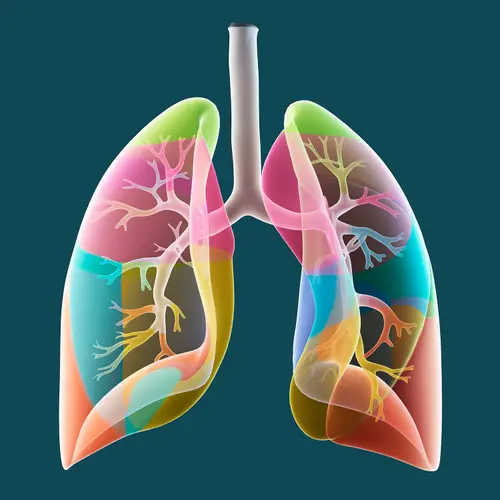When you’re living with lung cancer, both the disease and the treatments for it can take a toll on your quality of life. You may need extra help with it comes to managing severe pain, nausea, fatigue, depression, or other symptoms.
That’s where palliative care comes in. It can help ease those symptoms and improve your daily life. It’s a range of therapies that help you feel better, and help you manage your cancer and treatments. You can get it at any stage of your condition. You may also hear it called supportive care.
How Does It Help?
This special form of medical treatment can help you handle lung cancer issues like:
- Pain from your tumor or cancer surgery
- Stress, depression, guilt, or anxiety
- Chemotherapy, radiation, or other treatment side effects
- Shortness of breath
- Not getting enough oxygen
- Nausea
- Loss of appetite
- Constipation
- Fatigue
- Confusion
- Weight loss
If your cancer can’t be treated, you can get palliative care to ease your pain and make you more comfortable. But this type of treatment isn’t just something you get once you’re in hospice or at the end of your life. You can get it anytime you need it.
Who Should Get It?
Anyone with lung cancer can get palliative care to ease pain, poor breathing, fatigue, or anxiety. Get palliative care sooner rather than later so you have the best results.
Your family members and loved ones can get palliative care too. Counseling can help them manage their stress or fears. They can also get advice on how to deal with decisions they need to make about your cancer treatment or end-of-life care.
What Does It Include?
There’s no one-size-fits-all palliative care for lung cancer. Your therapy will fit your personal needs and symptoms.
Lung cancer often makes it hard for you to breathe. You might get fluid buildup in your lungs. If you can’t get enough oxygen, you can become very weak and tired.
Palliative care treatments like surgery can help you breathe better. Your doctor can draw out some of the fluid in your lungs (called a pleural tap or thoracentesis) or put in stents that hold open your airways. This can help you get enough oxygen when you breathe.
Some drugs can help open your air passages or calm swelling. Others control blood clots that can block your airways. You may also need medications to help ease your anxiety or depression.
Your palliative care may include radiation or chemotherapy too.Brachytherapy, or radiation seeds that are planted inside your lungs, can open up narrow air passages and help you breathe. Palliative chemotherapy can help ease your pain or cough.
You can get extra oxygen through small tubes that go into your nose. This can be done at home. It can help ease fluid buildup so you can breathe.
Palliative care for your lung cancer may include:
- Anti-nausea drugs
- Counseling to deal with your emotions or fears
- Drugs to treat bloody coughs
- Oxygen therapy or a portable oxygen tank
- Pain medicine like morphine
- Steroids or other drugs to ease swelling in your lungs
- Treatments to ease your cough
- Treatments to boost your appetite or keep your weight up
- Treatments to ease pain or discomfort from cancer surgery
Who Provides Palliative Care?
Doctors who are specially trained in palliative care will manage your treatment. They’ll keep your oncologist (cancer doctor) or primary care doctor up to date on your progress.
You may get palliative care treatments from many other specialists too. They’ll work as a team, and they could be:
- Nurses or nurse practitioners
- Home health aides
- Social workers
- Psychologists
- Respiratory therapists
- Pharmacists
- Dietitians
- Clergy
- Volunteers
How Is It Different From Hospice?
Hospice is care that’s given at the end of your life. It’s designed to make you feel comfortable, treat your pain, or to create a peaceful setting.
Palliative care is part of hospice. But you don’t have to be in hospice or at the end of your life to need or get it.
Where Do You Get It?
There are many options. You can get some treatments at home. Home health aides can help with household tasks or personal care too. This can ease the strain on your family members or just make you feel more comfortable.
You can also get palliative care while you’re in the hospital, at an outpatient clinic or doctor’s office, at a nursing home or skilled nursing facility, or in a hospice.
Will Insurance Cover It?
Usually. Medicare and Medicaid also cover some palliative care and hospice treatment.
Talk to your insurance provider to find out what your policy covers. In some states, laws allow you to turn some life insurance policy death benefits into money to use for palliative care while you’re alive. A social worker, insurance agent, or financial consultant can also advise you on ways to pay for your palliative care.

